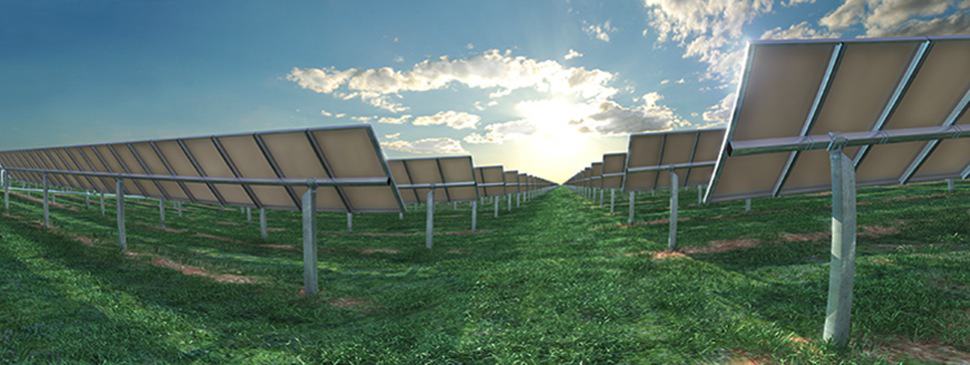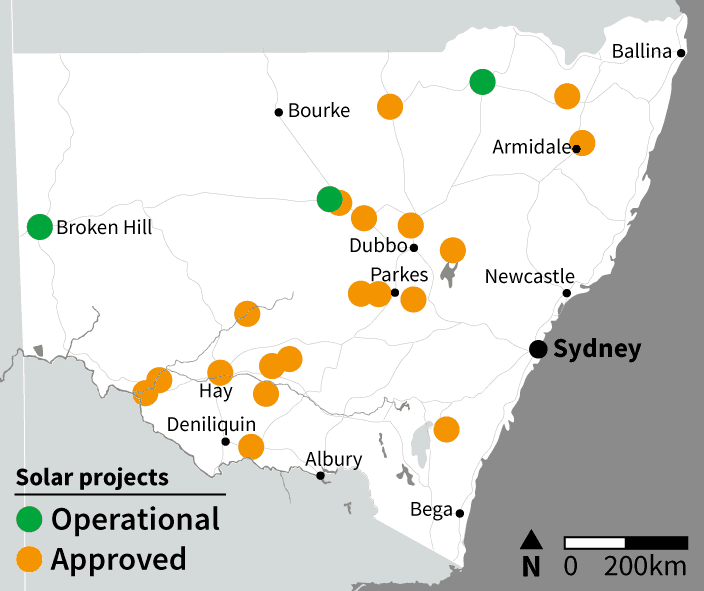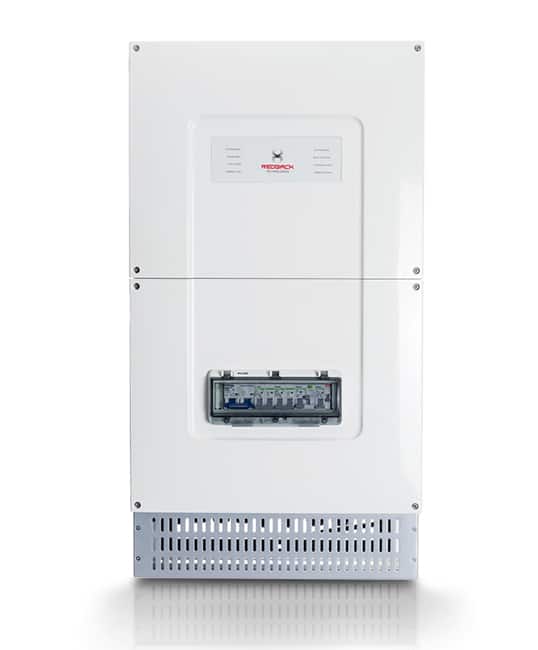The 5MW Mannum Solar Farm in the Murraylands will be built by Tetris Energy, and has been approved by the local government.
Mannum Solar Farm
The Mannum Solar Farm will be 5MW in size, generated by 17,500 solar panels. It will also include a security fence and vegetation screen to ensure neighbouring property owners aren’t disturbed (sometimes we hear about glint and glare when there is solar farm opposition). The farm will be across the road from the Rivapak onion packaging facility.
An article in the Murray Valley Standard noted that over 8000 households in the Murraylands area have solar panels installed on the roof of their properties – so it’s an amazing area which shows that South Australian solar is continuing to grow domestically and commercially.
Tetris Energy, based in Melbourne, will develop the site. They have already successfully developed 10 solar and wind power plants across Australia so they have a good pedigree – and they have also already secured a purchaser of all 5MW of the power (not named) – but this is obviously a fantastic boost for the farm and will ensure it gets built quickly. The proposal had been approved last April, but had the number of solar panels slightly reduced (in the November application) so they don’t overshadow each other.
Murraylands Solar Farms
There are already three other solar farms in the Murraylands area:
- Last November SA Water applied to build solar farm in Palmer (they are aiming to have zero net electricity by 2020)
- In Morgan the Lyon Group have a 300MW solar+storage project.
- UGL’s 238MW Tailem Bend Solar Farm is currently under construction.
Clean Energy Council chief executive Kane Thornton discussed solar uptake in the Murraylands in the Murray Valley Standard:
“Homes with rooftop solar installed are saving an average of about $540 per year on their electricity bills,” he said.
“Solar is a clear way for consumers to take control of their power consumption and cut costs, and it’s growing quickly by word of mouth.” Mr. Thornton continued.






